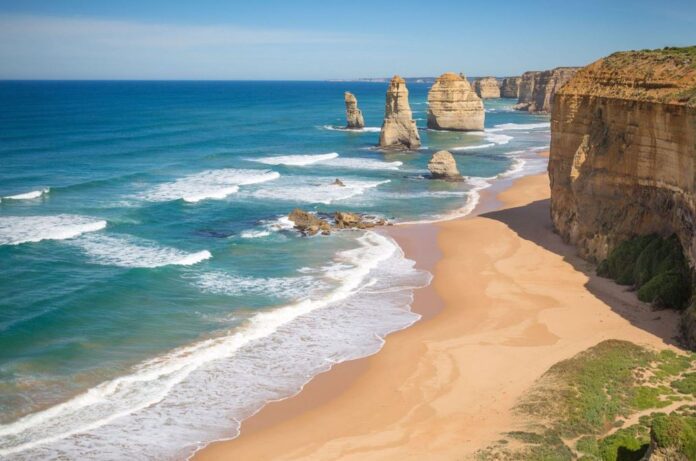
With its endless coastline, exceptional wildlife and energised cities, Australia should be high on everyone’s travel “bucket list”. But before you book your flights to the “Land Down Under”, there are a few things you should keep in mind.
In this guide, we’ll share with you everything you need to know for planning a holiday to Australia, including the best time to visit, budgeting costs and health considerations. Accommodation needs can be easily sorted online at Rentola where you’ll find properties in all corners of the country. Whether you’re looking for a city penthouse, a rural farm stay or a beachside villa, there are options to make your Australian adventure truly memorable.
PIKSEL, Canva.com
Decide where you want to go
First things first, you need to decide which part(s) of Australia you want to visit. Perhaps you want to focus your attention on the big cities or maybe experience the country’s incredible landscapes, such as the Great Barrier Reef, the Outback and the UNESCO World Heritage-listed rainforests of Tasmania.
For many travellers, they want a mixture of the two, with a few days spent sightseeing in Sydney, Melbourne or Brisbane, followed by an adventure further afield. If time allows, consider doing a road trip along the well-trodden east coast or venture west to drive from Perth up to Broome.
Select the best time to visit
Once you’ve decided on where you want to visit, you can determine the best time to go. Because Australia is so huge, the weather differs significantly from north (tropical) to south (temperate) and the best time to visit one part of the country could be the worst time in another.
May to October is generally considered the best time to visit the tropical north (including Far North Queensland and the Northern Territory), with the rest of the year subject to heavy rains and storms. If you’re heading south, then the warmer months (November to March) are ideal. However, it’s worth keeping in mind that travelling during the summer school holiday period (end of December to early February) can be expensive and crowded.
Figure out how long you want to spend in Australia
How long you should spend in Australia really comes down to how much time you have available. With such a big country, you could stay for an entire month and only scratch the surface. If it’s only a week-long holiday, then don’t try to pack too many destinations in or you’ll spend the entire time in transit.
If you’re short on time, consider taking internal flights to get from A to B, which are relatively affordable if you book well in advance. More time gives you the option to experience Australia the best way possible – during a road trip! If you’re a backpacker, you can also turn your Australian holiday into a working adventure and stay an entire year.
Know your visa requirements
Unless you hold an Australian or a New Zealand passport, then you will need to apply for a visa to visit Australia. It’s relatively simple to apply only and you’ll receive an eVisa, which is usually valid for a three-month stay within a 12-month period. Keep in mind that visa and entry requirements can change, so check the latest info here.
Check your budget
While Australia is an incredible country to visit, it’s definitely not cheap! Before you set your heart on spending three months travelling around, make sure you have the finances to fund your adventures. Daily expenses average around 150 to 300 AUD, including accommodation, food and public transport costs.
You can expect to add to that if you’re doing guided tours, organised activities or splurging at fancy restaurants, as well as going out at night (alcohol is very expensive!) To keep costs down, consider preparing some of your own meals and always book your plane, train and bus tickets as far in advance as possible.
Bring a power adapter
Australia uses a Type I power plug, which has three flat pins in a triangular pattern. To use your electronics from back home, you’ll need to bring a travel adapter or you may be able to pick one up at an airport duty-free store. Rather than buying multiple adapters, consider investing in a universal travel adapter, which works with almost any global plug.
Buy travel insurance
While Australia’s healthcare system is relatively affordable for residents, foreigners may be required to pay the full cost of treatments in public hospitals. If you require an ambulance or need to be airlifted out from a remote destination, the costs could be well into the thousands.
Because of this, it’s really important that you take out travel insurance before you depart for Australia to cover any worst-case scenarios. Most travel insurance policies will also cover you for costs associated with transport delays, lost luggage and theft, although you should always read the fine print to understand what is and isn’t included.






























